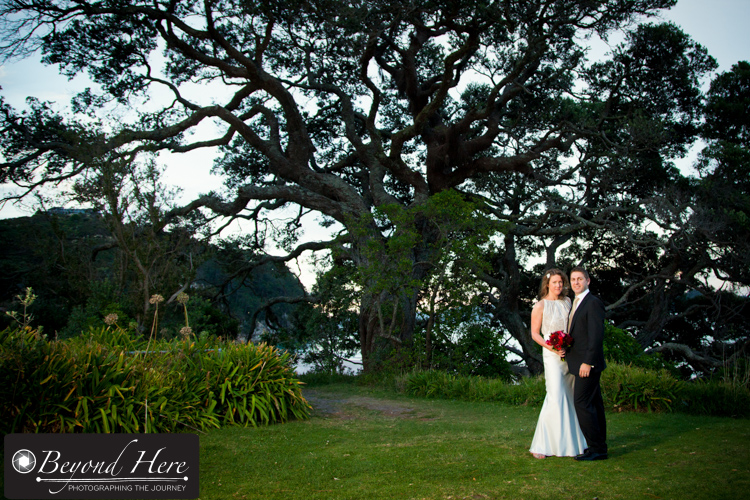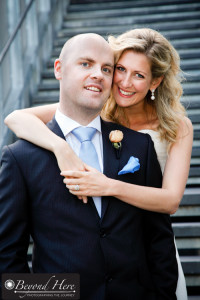Over the last 3 months I have written a series of posts on Beyond Here about stock photography. Several readers have since opened microstock photography accounts and become contributors. Many are turning their passion for photography into an income. Super.
In those posts I have shared my positive experiences with iStock, where I have been a contributor since 2008 and an exclusive contributor since 2010. This week iStock announced some significant changes that will come into effect on 15 September 2014. Here’s my take on this weeks iStock announcements.
First, some background. In April 2014, iStock introduced a subscription offering in addition to its normal offer. This allows high volume image buyers to purchase high volumes at a fixed price. This is an area where competitor site – Shutterstock – had been doing considerably better than iStock for many years. iStock’s subscription offer seemed to be a re-focus on the large volume buyer.
In this weeks announcement iStock states that ‘in only a few months, these subscriptions now represent a meaningful percentage of total iStock sales and materially increased spend per customer’.
It is the final part of this message which I find interesting – the ‘materially increased spend per customer’. In microstock photography there has long been an obsession with the calculation of dollars per download to assess value. The statement from iStock suggests their thinking has changed. If a customer is spending $1000 per month on images and buys 1 image from iStock for the month for $100, the revenue per download is $100. What that statistic overlooks is that the customer is spending $900 with competitors. The announcement suggests to me that iStock are refocussing to look at that remaining $900.
Unfortunately for the buyer, iStock’s highest quality content has previously been excluded from the subscription offer. That is about to change.
So, what’s changing?
iStock are taking several steps to ‘dramatically improve the simplicity of the iStock site, search and messaging’.
The key changes include:
- Offering just one payment method – credits
- Dividing the collection into 2 tiers
- Implementing one price per file
What do the changes mean?
(1) Offering just one payment method – credits
iStock previously offered two ways to pay – the buyer could use credits, or they could use a credit card to pay for images directly. The credit method suited the regular buyer, the credit card method suited the occasional buyer.
Going forward buyers will only be able to use credits. Discussion in the iStock forums suggests that this change will simplify the coding on the site. It seems again, that iStock are focusing on the needs of the large volume buyer and are prepared to fore-go the needs of some smaller buyers. This seems a fair trade off, if the large buyers in the example above bring more of their monthly budget to iStock. I like this approach. It strikes me as another application of the 80/20 rule. I expect 80% of downloads come from 20% of buyers, and iStock seem to be tuning in to that 20% of buyers.
(2) Dividing the collection into 2 tiers
iStock’s collections were previously divided into 4 areas – Main, Signature, Signature+, and Vetta. From the middle of September that will be consolidated into 2 tiers – Essentials (standard content) and Signature (premium content). The old Main content will become the Essentials tier. The old Vetta, Signature+ and Signature collections will form the new Signature tier.
The big implication here is that Vetta and Signature+ content will become significantly cheaper – good for buyers, and potentially good for contributors only if an increase in downloads makes up for the reduction in royalty per image the contributor will receive (because of the lower price).
The second big implication here is that the best content on iStock (Vetta) will now be available to those buyers who have taken up the subscription offer. This will make the subscription offers more attractive.
(3) Implementing one price per file
Currently the price paid per file downloaded depends on which size the buyer wants. A small file suitable for web use only is cheaper than a large file suitable for printing. From the middle of September the price will be the same regardless of the size. This is a very big change for iStock. It will make life much simpler for buyers. It will be to the advantage of buyers needing large sized images and to the disadvantage of buyers only needing small sized images.
Again, this seems to support the view that iStock has asked and listened to what the high volume image buyers want. And they seem to want access to the best images in the subscription offer, simpler collection structures, lower pricing, and more transparent pricing.
What’s my take?
iStock’s moves are bold and have the potential to re-shape the microstock industry again. iStock has a reputation for having a high quality collection of images – and the Vetta collection is the jewel in that crown. There will be high volume, large budget buyers who are now considering switching to iStock. There will also be current iStock customers considering spending more of their total budget with iStock.
I expect these moves will generate a higher volume of downloads, at a lower average price per download. iStock will be counting on the volume increase to drive total revenue increases. Whether that happens will be known in a few weeks.
What’s the risk?
There is a lot at stake for iStock. Successful execution could see benefits for buyers, contributors, and iStock itself. Failure could see current customers move to competitors, and exclusive contributors looking for alternative sales avenues for their images.
Overall, I am very positive about the boldness of this strategy from iStock. I can see benefits for buyers and contributors. But having a good strategy is only half of the challenge – being able to execute it is another question. iStock’s record for implementing major change over the last 5 years is not great – I’m hoping this time it will be different.
iStock is making a big move in 2 weeks time that may re shape the stock photography industry. It seems to be focussing on the needs of the high volume, large budget buyer. I like the focus and the offer. As an exclusive contributor I just hope iStock execute this well.
That’s my take on this weeks iStock announcements. What’s yours?























